From special drinks to high-tech AI cultivation, city reaps agricultural gains
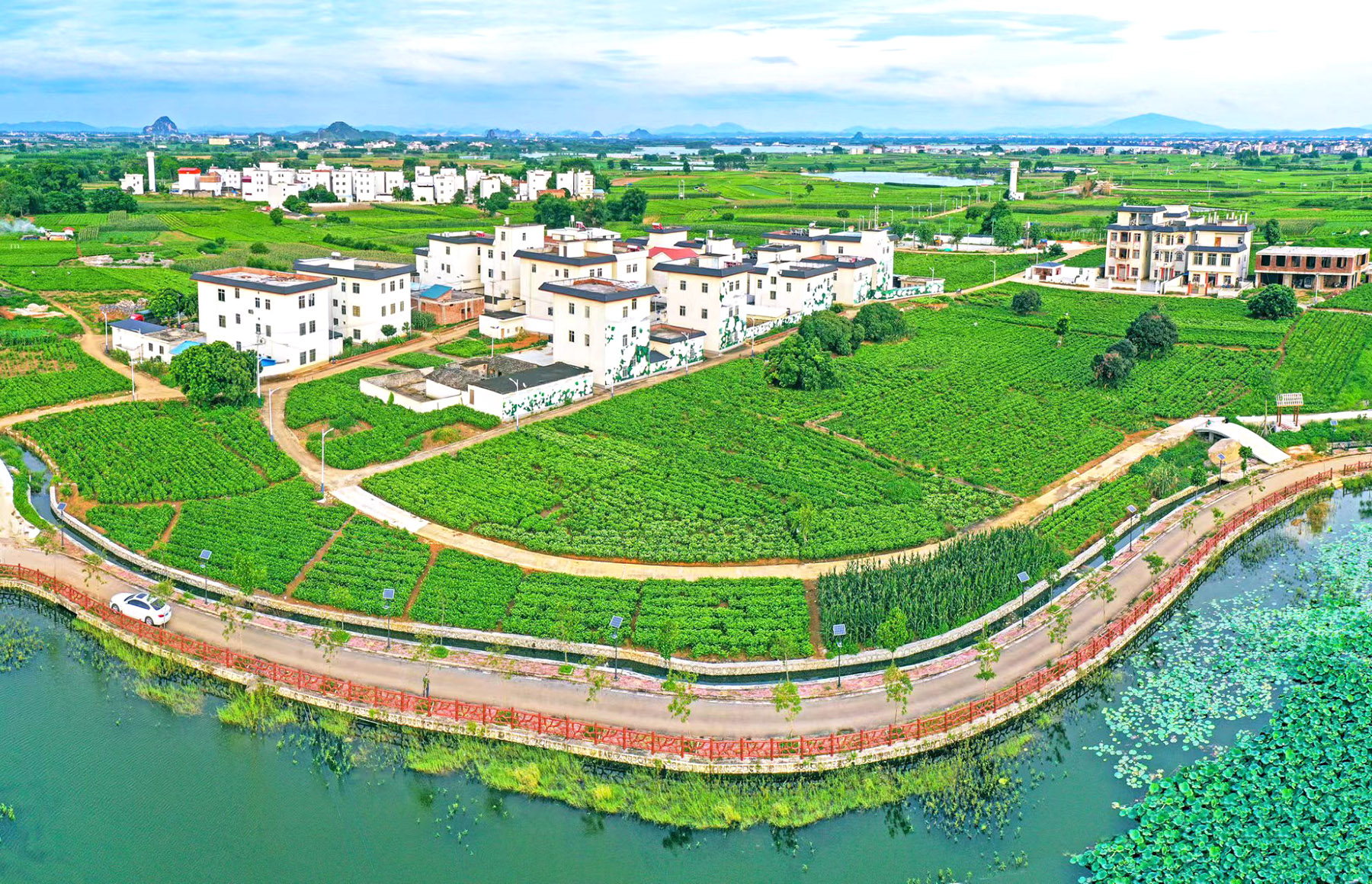
Editor's note: In a series of reports titled "Claims to Fame", China Daily looks at how some regions have earned wealth and recognition through specific products to advance economic development.
At the jasmine trading market, Yao Yunlian paused beside a row of buyers seated behind a simple desk with an electronic scale on it, and piles of jasmine flowers stacked high.
The sweet scent of freshly picked jasmine blossoms lingered in the air at the market in Shijing village, Hengzhou city, Guangxi Zhuang autonomous region.
Yao stepped forward and listened to the prices being called out, with bids being placed rapidly like on the stock exchange. Starting at 7 am, she had picked around 6.5 kilograms of jasmine flowers that day. In the afternoon, she checked the latest prices on her phone via a WeChat mini program and headed to the market. She ended up pocketing 275 yuan ($38) for her flowers.
READ MORE: Rural digitalization helps promote common prosperity
A villager whose family has for generations grown jasmine flowers, Yao said there's a quiet satisfaction in this daily routine. She gathers the flowers in the morning, and by the evening has cash in her hand.
"Some of the old roots in our family's jasmine fields have been growing for over 30 years, and we just planted a new batch a few months ago," Yao said of the family's 0.33 hectares of land.
"When the flowers are at their peak, I can pick more than 20 kilograms in a single day," she said, a broad smile creasing her suntanned face. The hard work pays off, bringing in real income. "It's tiring, but worth it," she said.
From late April to October, farmers spend their days picking jasmine flowers. The city's harvest exceeded 110,000 metric tons in 2024. Like Yao, over 340,000 people in Hengzhou are involved in some aspect of jasmine cultivation, according to local authorities.
"Some farmers harvest jasmine during the day and also work at nearby companies, mainly tea drink producers, at night," said Cai Wanhong, Party secretary of Shijing village, adding that over 1,000 villagers work this way.
Local per capita net income reached 30,000 yuan in 2023 and rose to 32,000 yuan last year, he said.
"We've built new homes, bought cars, and can afford to send our children for better education," Cai said. "With daily earnings from jasmine picking, life is steady and fulfilling."
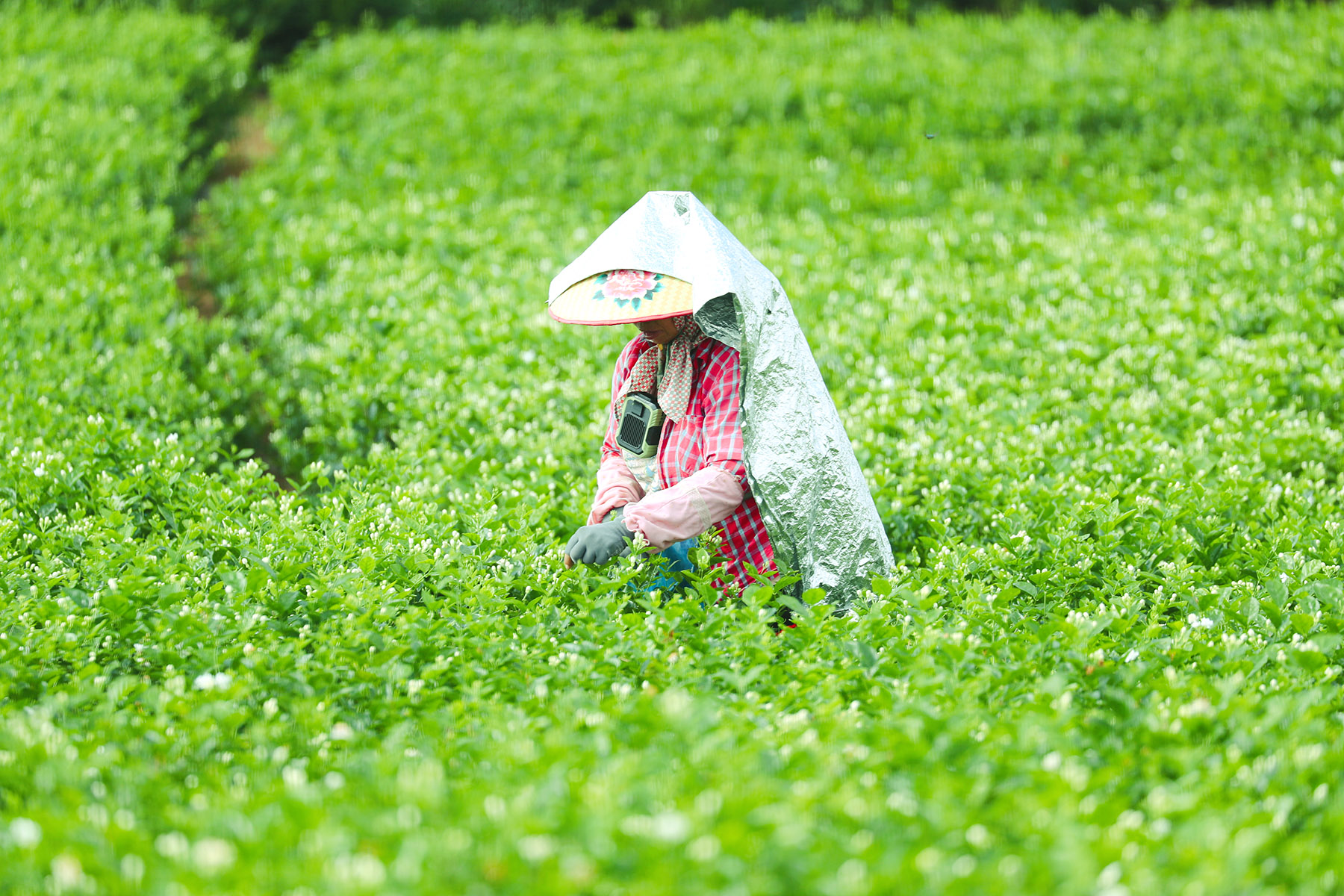
Ancient roots
Jasmine cultivation in Hengzhou dates back centuries.
Brought to China via the ancient Silk Road during the Eastern Han Dynasty (25-220), jasmine eventually took root in the city. In 1521, during the Ming Dynasty (1368-1644), local records describe how jasmine bloomed year-round, entwining itself in fences and filling fields.
Hengzhou, known as China's jasmine capital, produces over 80 percent of the country's fresh jasmine flowers and jasmine tea, and more than 60 percent of the world's supply, according to local authorities.
The jasmine fields stretch across more than 86.67 square kilometers, enough to cover Manhattan Island one and a half times.
The centuries-old agricultural production methods remain, but they are now being transformed. Thanks to Digital Jasmine, a locally developed smart platform, farmers can check real-time prices at four major markets in the city, and get cultivation tips using a WeChat mini program.
"We hope to help every single jasmine flower grow well with the power of AI," said Chen Lufei, deputy general manager of Guangxi Talent Cloud Co, the company behind the platform.
With a vast database containing millions of images, the platform's AI tools allow farmers to snap a photo of a diseased leaf and receive a diagnosis and control plan within seconds, she said.
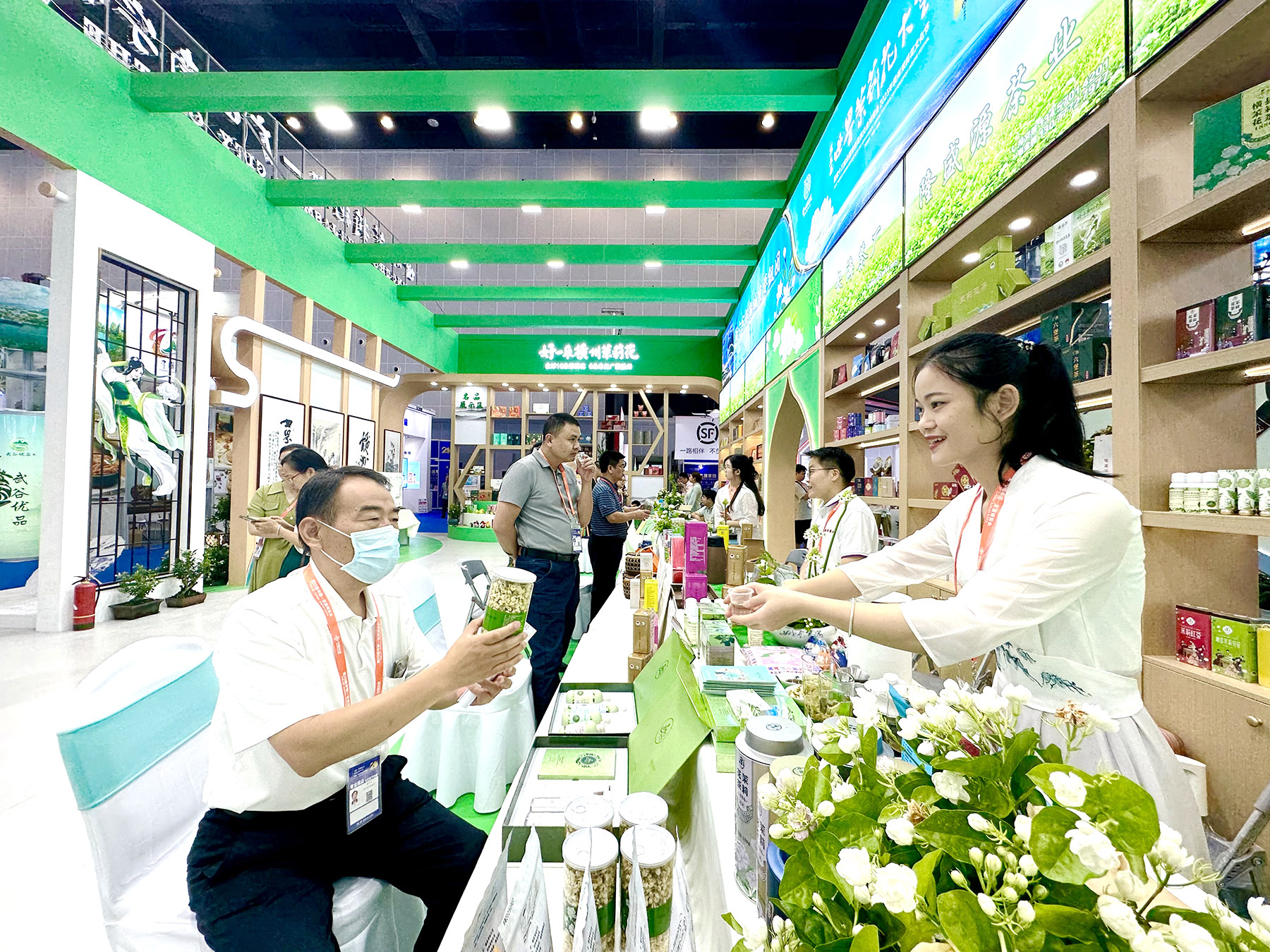
Artificial intelligence is also being used to estimate yields. Smart cameras installed in the fields automatically capture images of jasmine buds each day. Using image recognition, the system identifies flowers ready for harvest and, combined with yield models and data, helps estimate the day's total output.
The Digital Jasmine system also spans other key areas like digital agriculture and digital governance.
At the China Jasmine Garden around 6.67 sq km of demonstration fields are equipped with smart sensors that monitor soil, water, and weather conditions.
This information is fed into models that guide farmers on soil improvement, pesticide use, and yield forecasts, offering them real-time production advice on their phones.
Farmers also access weather updates, pest and disease identification, and treatment recommendations, Chen said.
Digital Jasmine is the core AI-powered industry application supporting rural revitalization in Hengzhou.
"Jasmine planting is becoming more standardized and scientific," said Cai Wanhong, the Party secretary of Shijing village, who manages over four hectares in the China Jasmine Garden.
Other smart technologies are embedding themselves in jasmine cultivation in Hengzhou. In mid-May, an AI-powered robot was spotted in the fields, assisting with flower picking. Equipped with visual sensors, these machines guide twin mechanical arms to gently pluck buds beneath the foliage and deposit them in storage containers.
"Hengzhou has been exploring ways to upgrade its traditional industries," said Chen Yongjing, deputy director of the Hengzhou Jasmine Industry Service Center, in an interview with CGTN. "The robots are still in the testing phase, and we're working with tech teams to improve efficiency and refine the prototype."
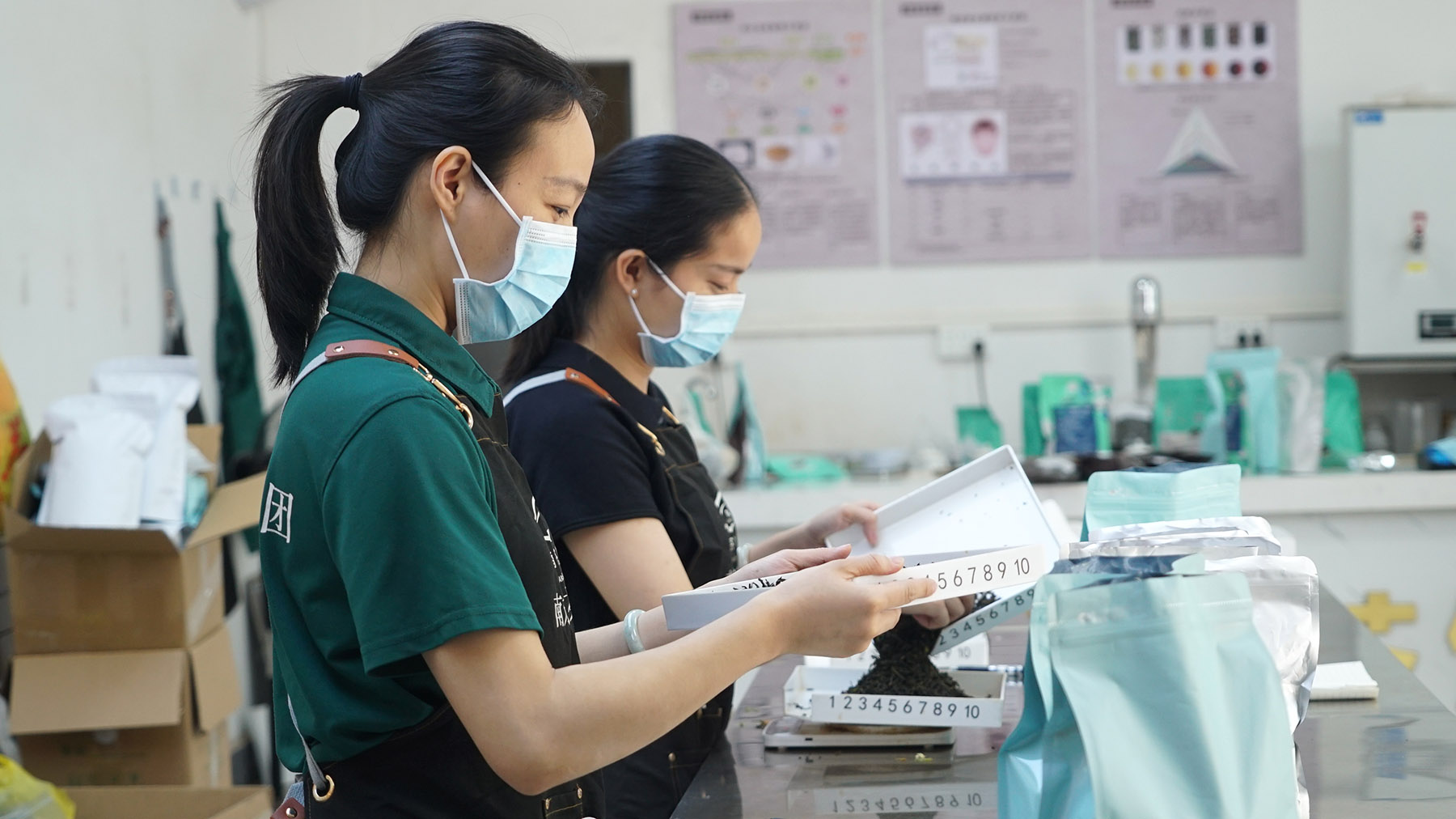
Diversified products
In 2024, Hengzhou's jasmine industry reached new heights. The city produced over 110,000 tons of fresh flowers, with prices averaging a record 50 yuan per kilogram.
The total output value of the jasmine sector surpassed 18 billion yuan, while the brand value of Hengzhou's jasmine flowers and tea reached 22.4 billion yuan, data from city authorities showed.
These positive figures not only reflect the enduring vitality of jasmine cultivation, but also highlight the growing popularity of derivative products, especially the city's signature jasmine tea.
In 2012, the craft of making jasmine tea was included in the list of intangible cultural heritage representative projects in Guangxi. Xie Dagao, an inheritor and master tea maker, and his fellow artisans continue to preserve the centuries-old craft. Jasmine tea is gaining renewed appreciation among today's consumers especially young people who prefer innovative tea drinks.
Riding this wave of popularity, Hengzhou jasmine tea has seen steady growth in sales across major markets.
In 2024, the city produced 90,000 tons of jasmine tea, up from 80,000 tons in 2022, and reflecting its role as a national leader in both production and quality, according to Lin Jiashuo, head of the Hengzhou Bureau of Economy, Trade and Information Technology.
Jasmine tea exports reach global markets through both direct and indirect channels, Lin said.
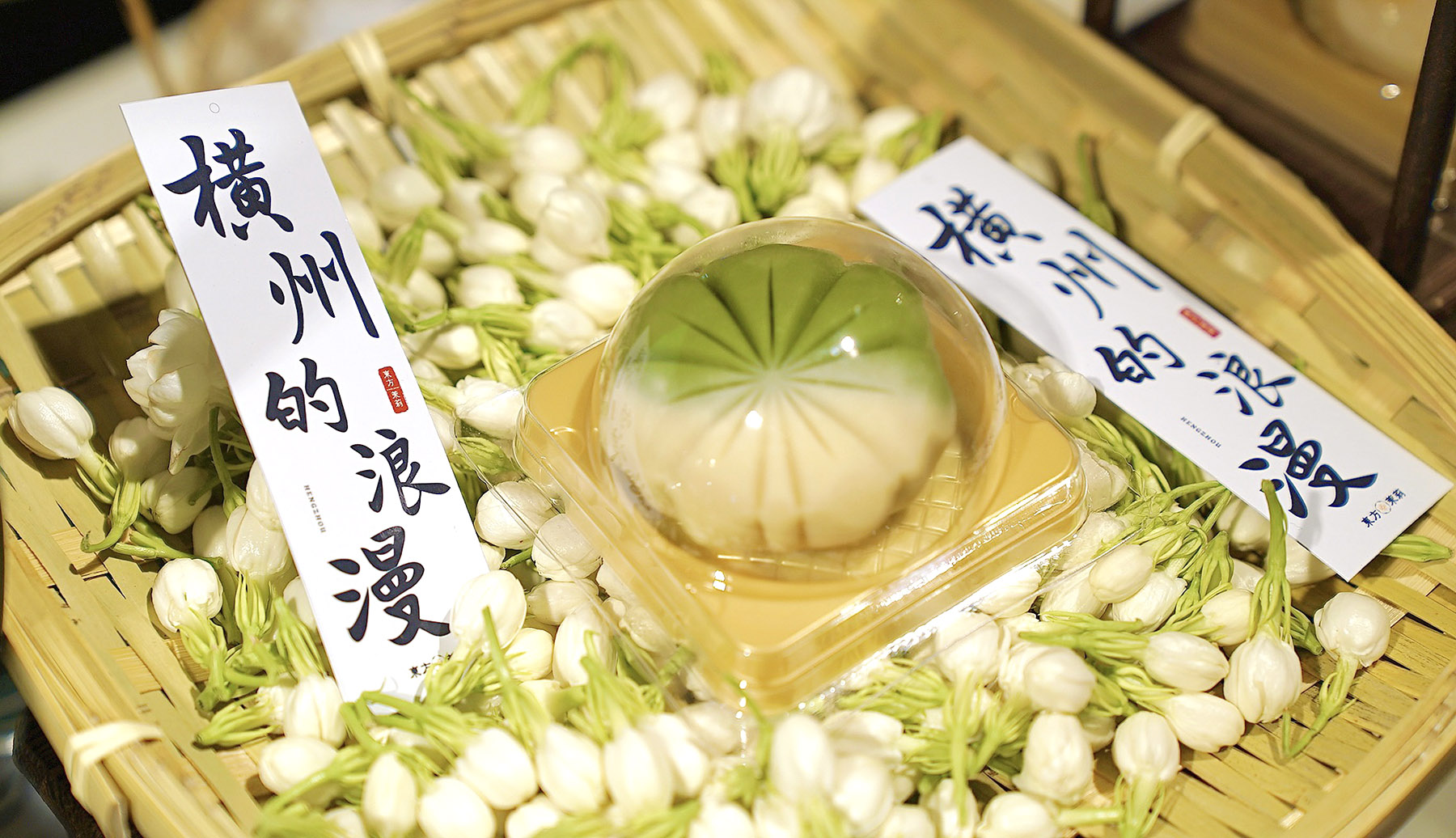
Direct exports go mainly to Japan, Malaysia, and Indonesia, while indirect exports are made via trading companies in Guangdong, Fujian, and Zhejiang provinces. The exports are to countries like Iraq, Germany, France and Italy, he said.
Currently, 17 local enterprises are registered for foreign trade, with annual exports exceeding 3,000 tons, data showed.
Feng Wenzhen, CEO of Longshengyuan Tea, one of the export companies, said: "We export assorted tea products. Our markets include the United Kingdom and Australia, with a large volume going to parts of Africa."
"There's especially strong demand from Southeast Asia for raw tea materials used in trendy tea drinks," she said.
"Some European Union consumers are already enjoying our tea, though volumes are still modest," Feng added. "We're expanding our export range and hope to bring more premium teas to global markets, especially the EU, in the next five to 10 years."
To meet rising international demand and ensure consistent quality, more companies are turning to automation and innovation.
At the Yuanye Jasmine Tea and Tourism Industrial Park, Guangxi China-Kenya Tea Industry Co is piloting its second-generation fully automated production line. Inside the sealed facility, key steps such as blending and scenting are completed without human help.
"The system offers precise digital control and smart temperature management," said Zhang Yannan, planning director at the company, in an interview with China News Service, adding it boosts scent utilization from under 50 percent to over 80 percent, and improves product cleanliness by 40 percent.

A new chapter
Hengzhou is also deepening its international ties to promote cultural and commercial exchanges, which are opening up new markets and fostering global partnerships.
On June 3, Hengzhou and Manosque in France, signed a letter of intent to establish a sister-city relationship. Manosque is in the heart of Provence's famed lavender country.
Liao Zhiqi, deputy secretary of Hengzhou's Party Committee, said the sister-city relationship will boost cooperation in culture, tourism, economics, trade, and agriculture to benefit both cities as well as China-France relations.
Hengzhou has also undertaken broader efforts in recent years to diversify its jasmine economy. The city has developed a "1+9" jasmine industry cluster, integrating jasmine with sectors like tea, potted plants, food, tourism, consumer goods, dining, medicine and sports.
To support this diversified growth, new-style tea drinks, including milk tea and other trendy beverages, have emerged.
He Haihong is the general manager of Southwest Tea Market, the largest national hub for jasmine flowers and jasmine tea raw materials. Fresh jasmine flowers are increasingly being used in trendy tea drinks, He said.
"The momentum of consuming new types of tea drinks is strong considering wide popularity among different age groups, and there is still room to grow," he said.
Tea producers, too, have spotted the new opportunities.
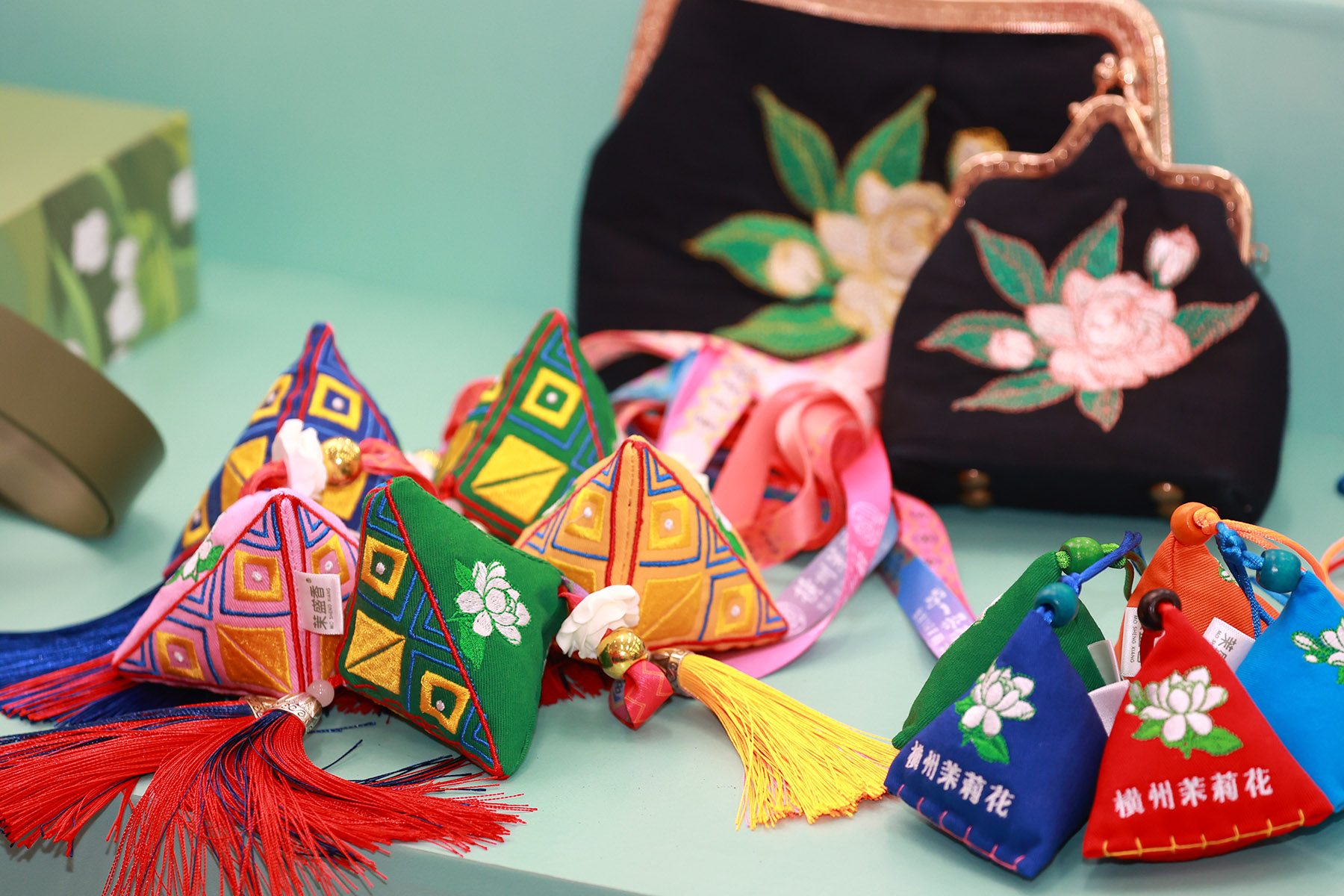
Xie Dagao, the inheritor and also CEO of Lixiang Tea Co, said the popularity of new-style tea drinks is reshaping the jasmine tea industry.
"Jasmine still has plenty of untapped potential," he said, noting that even coffee, one of the world's top beverages, has experimented with jasmine flavors.
His company has launched its own line of jasmine-based drinks, including jasmine milk tea, and opened new-style tea shops in Hengzhou. It also supplies raw materials to major beverage chains. Xie plans to strengthen his company's R&D capabilities to develop specialized jasmine products tailored for milk tea.
Educator Li Yemei is preparing a new generation of professionals to carry jasmine traditions into the future, while adding a modern twist. She has 15 years of experience teaching tea art, marketing, and etiquette, and sees her role as a bridge between heritage and modernity.
ALSO READ: Insurance smells of jasmine in Hengxian
"There's growing interest in formal tea training — not just from students, but also tea business owners and young professionals," she said. "They see tea not only as a tradition but also a skill for hospitality and cultural expression."
With the rise of new Chinese teahouses and tea varieties like jasmine black and oolong teas, she has updated her teaching to include music, attire, and service styles to meet evolving tastes. She also trains students in etiquette to better serve international guests.
"Innovation keeps tradition alive and makes it relevant for the next generation," she said.
Liao Enhui, 18, is set to graduate this July from Hengzhou Vocational and Technical School. "I chose the major in tea production and processin



